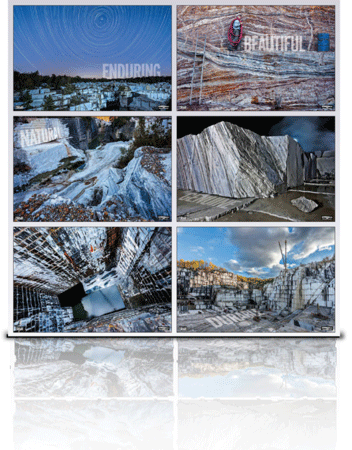Washington, D.C. [June 5, 2019] – Today, the American Society of Landscape Architects (ASLA) voiced enthusiastic support for the Living Shorelines Act, introduced by Senator Kamala (CA) and Senator Chris Murphy (CT) in the Senate and Chairman Frank Pallone Jr. (NJ) in the House of Representatives.
A recent study by the National Academy of Sciences found that sea-level rise could be worse than predicted by the International Panel on Climate Change (IPCC). The worst plausible estimates put as much territory as is contained in Western Europe under water, a disaster which could leave 187 million people homeless by the year 2100. This, combined with the increased frequency of severe weather events, makes landscape architecture projects that mitigate flood damage, preserve coastlines, and protect communities more important than ever before.
"Landscape architects help communities incorporate natural materials and nature-based designs to protect shorelines and preserve coastal ecosystems. The Living Shorelines Act would help fund those vital projects," said Nancy Somerville, Hon. ASLA, executive vice president and CEO of the American Society of Landscape Architects. "ASLA commends Senator Harris, Senator Murphy, and Congressman Pallone on introducing this legislation, and for adding provisions to allow more equitable access to these grants for low- and middle-income communities."
This legislation would authorize up to $50 million per year to help states, towns, and nonprofits implement climate-resilient living shoreline projects that use nature-based solutions. Solutions may include incorporating materials such as wetland plants, aquatic vegetation, oysters and other shellfish, and planting native grasses, shrubs, and trees in infrastructure projects.
Senators Harris and Murphy and Congressman Pallone introduced versions of the Living Shorelines Act in the last Congress, also with ASLA's support. The new bill goes even further than previous versions by including provisions that lower barriers to accessing funding for living shoreline projects, especially for low- and middle-income communities.







